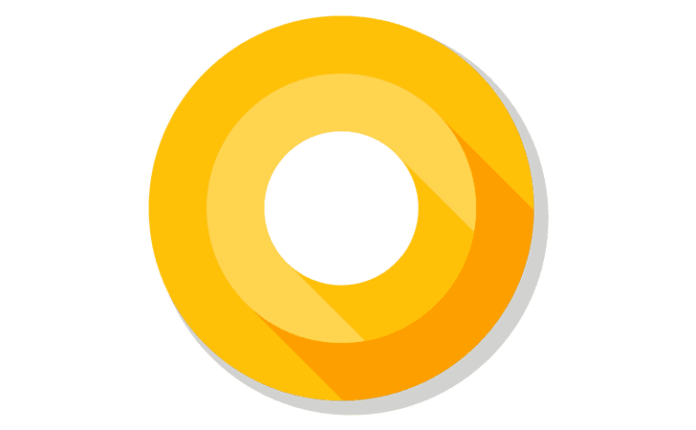Google just announced the next version of Android called Android O. The preview version is now available for developers to download on Nexus 5X, Nexus 6P, Nexus Player, Pixel, Pixel XL and Pixel C devices. Also, an emulator for testing Android Wear 2.0 on Android O. As this is a developer preview, the name of Android version won’t be revealed until the final stable build of ‘O’ is out for the public. We think it will be named Android Oreo 😉
As of now, the eligible devices are the Nexus 5X, Nexus 6P, Nexus Player, Pixel C, Pixel, and Pixel XL. Nexus 6 and 9 won’t be receiving any further updates as they have reached the end of life cycle. If you have any of the above eligible devices you can go here and flash them yourself. Google says that these are strictly development images and that they could be very buggy and unstable, and are not suitable for daily use. So, if these are your primary devices think twice before flashing.
What’s new in Android O
Background limits
Android O puts a big priority on improving a user’s battery life and the device’s interactive performance. To make this possible google has added additional automatic limits on what apps can do in the background, in three main areas: implicit broadcasts, background services, and location updates. These changes will make it easier to create apps that have minimal impact on a user’s device and battery.
Notification channels
Yet again google is revamping the notification area, Android O is introducing notification channels, which are new app-defined categories for notification content. Channels let developers give users fine-grained control over different kinds of notifications users can block or change the behaviour of each channel individually, rather than managing all of the app’s notifications together. The new visuals and grouping to notifications make easy to see what’s going on when they have an incoming message or are glancing at the notification shade.
Android O is also bringing standard Autofill APIs, now apps like LastPass(Password manager) will finally have an OS-level way to fill in stuff for you. Picture-in-picture video which was initially launched on Android TV with Nougat is coming to smartphones and tablets. Other new windowing features include a new app overlay window for apps to use instead of system alert window and multi-display support for launching an activity on a remote display.
In Android O, Google is focused on building a more reliable, predictable model for “arrow” and “tab” navigation that aids both developers and end users. A new API specifically designed to deliver low-latency audio, AAudio API for Pro Audio, was announced. Other small developments include AAudio API for Pro Audio, WebView enhancements, Java 8 Language APIs and runtime optimizations. As you have may notice these updates are mostly meant for developers rather than consumer-facing visual changes, we hope google makes much more tweaks before announcing the next update of Android O.
Android O has also introduced Adaptive icons to help users integrate better with the device UI, developers can now create adaptive icons that the system displays in different shapes, based on a mask selected by the device.
What do you think Android O would be called when it’s launched? Let us know your thoughts in the comments section below, follow us on twitter for more news and updates.
Source, Via











